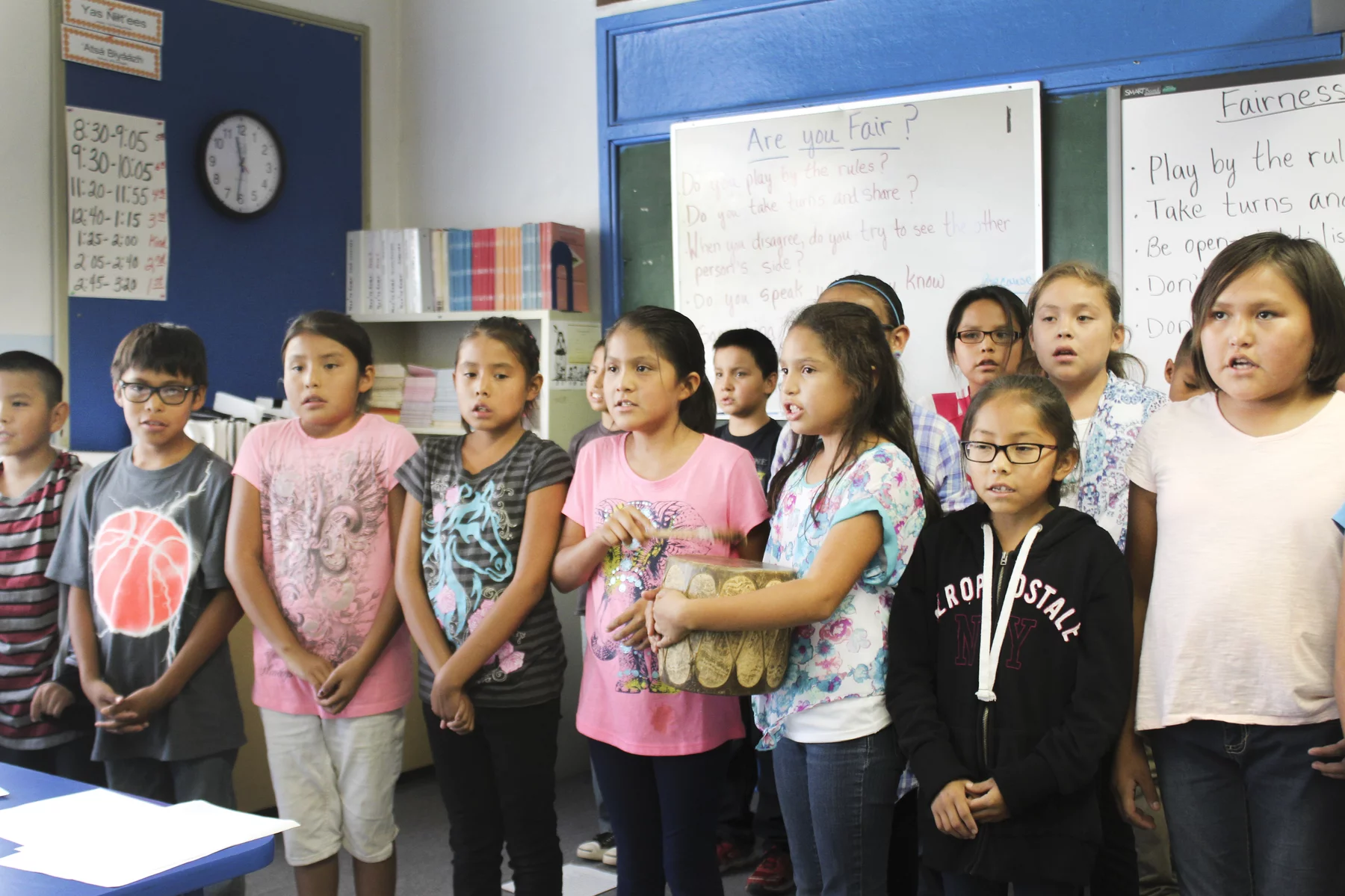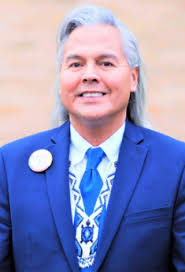
- Details
- By Aaron Payment
Guest Opinion. Part 3 of 3 Ninety-three percent of all American Indian and Alaska Native (AIAN) students attend public schools while just seven percent attend Bureau of Indian Education (BIE) schools across 64 reservations.
Of the 183 BIE schools, 31 operate as Native charter schools (17%) with 22 (12%) as Native Language Medium Schools. While educational choice already exists in Indian Country through Tribal Grant Schools, only a very small proportion of the 644,000+ AIAN students are afforded this choice. This underscores the importance of hearing from tribal nations through formal consultation on any reformed impacting AIAN students.
In order to improve Indian education, the President should establish an American Indian Education specific executive order to make clear the recognition and respect of Indian Education as a distinct Federal right unique to American Indians as a treaty and trust obligation matter distinct from Diversity, Equity, and Inclusion (DEI). Whatever changes may occur to the U.S. Department of Education, there must be no adverse impacts on Indian education across any federal agency. In eliminating the U.S. Department of Education, transfer all federal funding for Indian Education to the Bureau of Indian Education. Evaluate and fully fund an Indian Education New Deal and Educational Choice for the 93% of Native students to attend Self Governance Tribally Controlled Grant Schools.
READ Part I: Indian Education as a Constitutional Right
READ Part II Indian Education as a Constitutional Right

Assess the capacity for creation of Tribal Grant Schools including assessment of economies of scale with local inter-tribal coalitions to determine viability for staffing, operations and facilities. Evaluate BIE operated schools to transition to Tribally Controlled Grant Schools or Tribal District Controlled Consortiums to continue to operate under Tribal Self-Governance funding. Fully fund Tribally Controlled Higher Education and articulate Advanced Placement opportunities to enter a TCU with earned college credit upon high school graduation. Fund individual educational planning (IEPs) and allow for Tribal Grant Schools to contract with adjacent and intermediate school districts to supply special education services. Fully fund education training and teacher certification and collaborate with tribally controlled colleges to provide this education.
Another round of formal government-to-government Tribal Consultation must be scheduled to invite Tribal Nations to weigh in on Sections 3, 4, and 5 of Trump’s Executive Order on Education. Fully fund Self-Governance Tribal Grant Schools for the 93% of American Indian Alaska Native students who currently attend public schools. Transfer Title VI, Impact Aid, and all Federal Title funding for which each American Indian Alaska Native student is eligible in the form of vouchers from public schools to newly created Self-Governance Tribal Grant Schools. Situate all Indian education under the U.S. Department of Interior and BIE.
Transfer all early child education opportunities for American Indian Alaska Natives to the Bureau of Indian Education. As the treaty and trust obligation was paid in full, it is recommended to eliminate any means test for eligibility to attend tribal Early Head Start and Tribal Head Start. Fully fund the cost of providing early education for American Indian Alaska Natives though tribally controlled and operated Early Head Start and Head Start as well as provide vouchers to attend non-Tribal preschool or head start for AIAN students who do not reside on or near a reservation. Fully fund early childhood education training and certification to staff Tribal Early Child Care Education and collaborate with tribally controlled colleges to provide this education.
Consultation as a formal government to government exercise should be done respectfully to fully engage the input, direction, and consent of tribal nations. Consultation must NOT be a one and done paternalistic exercise of collecting input from special interests or even constituents. The inclusion of Article I, Section 8, Paragraph 3 in the US Constitution flowed from the Northwest Ordinance which was drafted by George Washington, General Henry Knox, and Thomas Jefferson (our Nation’s first Secretary of State) and subsequent treaties, providing for a perpetual Indian education not based on who is president.
Dr. Payment currently serves on his Tribal Council. He previously served 22 years in office including four terms as Tribal Chairperson. He also served for nearly a decade on the National Congress of American Indians Executive Committee including at 1 st VP twice. A high school dropout, Dr. Payment earned five college degrees including doctorate in Education (EdD). He served as a university faculty teaching Native Studies/Political Science; as School Board President of a Tribal Grant and State Charter School; and as a Tribal College Board Regent Vice-President. Dr. Payment can be reached at [email protected]
More Stories Like This
Technology Rooted in Tradition is Strengthening Cherokee NationThe Lumbee Tribe of North Carolina: #575
Tribes Do Not Need a Greenlight to Build Renewable Energy
Law Should Not Get in the Way When "Manifest-ing Destiny"
Celebrating 35 Years of Gaming Success
Help us defend tribal sovereignty.
At Native News Online, our mission is rooted in telling the stories that strengthen sovereignty and uplift Indigenous voices — not just at year’s end, but every single day.
Because of your generosity last year, we were able to keep our reporters on the ground in tribal communities, at national gatherings and in the halls of Congress — covering the issues that matter most to Indian Country: sovereignty, culture, education, health and economic opportunity.
That support sustained us through a tough year in 2025. Now, as we look to the year ahead, we need your help right now to ensure warrior journalism remains strong — reporting that defends tribal sovereignty, amplifies Native truth, and holds power accountable.
 The stakes couldn't be higher. Your support keeps Native voices heard, Native stories told and Native sovereignty defended.
The stakes couldn't be higher. Your support keeps Native voices heard, Native stories told and Native sovereignty defended.
Stand with Warrior Journalism today.
Levi Rickert (Potawatomi), Editor & Publisher

